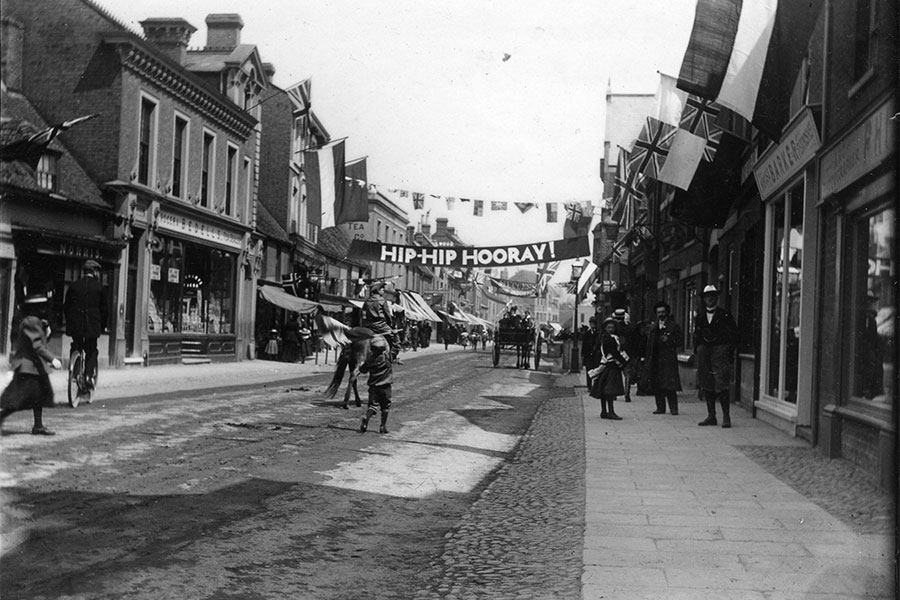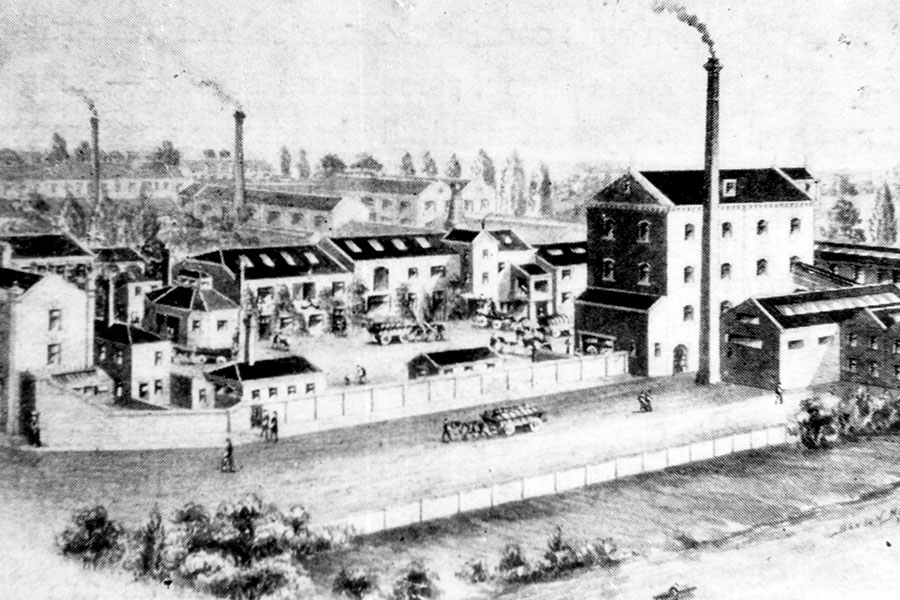
Maciek Platek
About St Neots
Welcome to St Neots, the largest town in Cambridgeshire, where history meets vibrant community spirit. Nestled along the banks of the River Great Ouse, St Neots offers picturesque landscapes, rich heritage, and a thriving town centre full of events, markets, and local businesses. Whether you’re visiting for a relaxing day out or to explore our exciting attractions, St Neots is a place where everyone can feel at home.

The Lords of St Neots: From Elizabeth I to the Rowley Family
After the dissolution, Queen Elizabeth I became Lord of the manor of St Neots. James I, who succeeded her passed the title to Sir Richard Lucy in 1620 who, in turn sold it to Sidney Montagu in 1631, whose family subsequently became Earl of Sandwich and of Manchester. The Earls of Sandwich lived in Huntingdon, allowed the St Neots affairs to be handled by a bailiff, Robert Payne whose son, Edward, succeeded him.
The Lordship of the Manor passed in 1902 to the Rowley family who still hold it to this day.

St Neots’ Industrial Legacy: Paper Making & Brewing
The most notable contribution of St Neots was in the field of paper making. In 1808 the Fourdrinier brothers invented a process by which paper could be made in a continuous roll and it was at St Neots Mill (in Little Paxton) that the process was first put into action. The machines were at first powered by water but subsequently by steam turbines.
Brewing took on a more industrial character in the 18th century. James Paine acquired Foster’s brewery in the Market Square in 1831. The Priory Brewery, on the site of the old Priory, which was owned by the Fowler family, was sold to John Day of Bedford in 1814 who also provided St Neots with its first street lamps.
Visit St Neots Museum to find out more about our Towns History
